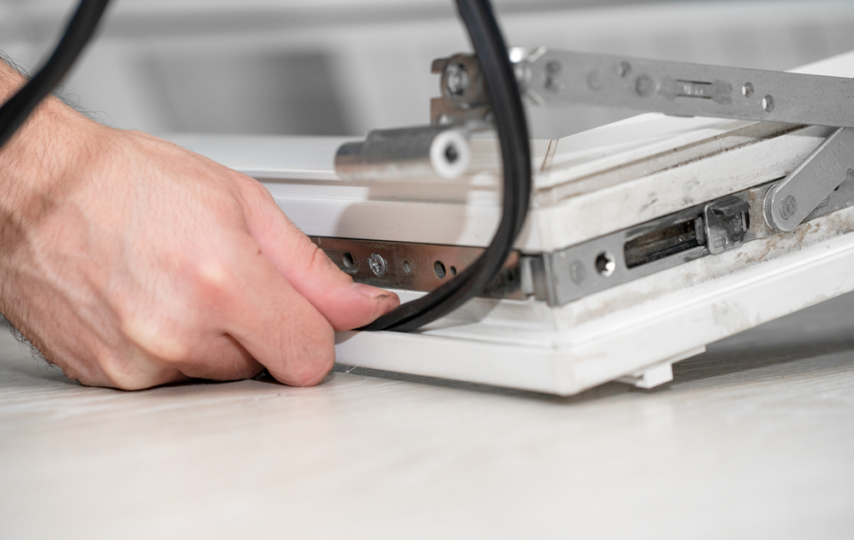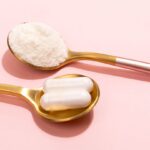Rubber seals are used in countless applications, from industrial machinery and pipes to household vacuum cleaners. Thus, they are available in a range of forms, sizes and materials. Every type of sealing material is right for some applications and wrong for others, and choosing the wrong seal can be very costly and damaging.
Let’s take a look at some of the conditions in which seals are usually applied and the right materials to be used in each condition.
High Pressure
Seals, like o-rings, are often used in pipe joints that handle a lot of pressure. Because of that, they need to be made out of pressure-resistant materials. If you are choosing a seal for a high-pressure application, these are some of the more common materials you need to use:
- Nitrile Butadiene Rubber (NBR) is a general-purpose material for making seals, and it is able to withstand a wide range of pressures.
- Ethylene-propylene-diene Rubber (EPDM) is an M-class elastomer with a tensile strength that typically exceeds 1000 PSI (pounds per square inch). This gives it excellent resistance to wear and tear, abrasion and makes it very durable under pressure.
- Polyurethane is another extremely versatile polymer with a high load-bearing capacity and resiliency range due to its flexibility and high tensile strength. Its flexibility allows the seals to return to their original shape after bearing a heavy load or being subjected to a high-pressure application.
High and Low Temperatures
Each material has different properties that change with temperature, and it is important to select a material that will function under whatever your operating temperatures are. Here are the temperature specifications of a few common materials used for making o-rings.
High Temperature
- Fluorocarbon is often used to make o-rings for automotive engines and machines that operate in high-temperature environments without failure.
- Neoprene is one of the most heat-resistant materials available for making seals. It can function at temperatures of up to 275 degrees Fahrenheit without degrading. And when degradation occurs, the material hardens rather than melting or stretching. This makes it very suitable for long-term use in high-temperature environments.
Low Temperature
- Silicone and fluorosilicone sealing devices can withstand temperatures as low as -70 degrees Fahrenheit without becoming brittle, and are used in devices like refrigerator compressors and cooling systems. Because they can withstand a wide range of temperatures, they are often used in aircraft and rockets.
- EPDM seals can withstand temperatures as low as -50 degrees Fahrenheit.
- Neoprene demonstrates a really wide temperature range of function. It is cold-resistant, holding up structurally to as low as -50 degrees Fahrenheit.
Chemical Resistance
In some applications, sealing devices come in contact with highly corrosive substances such as acids and gases. Thus, special materials are used in making them, which are very resistant to degradation by specific substances. These materials include:
- EPDM is often used in making seals for water and weather-resistant appliances, though it is not recommended in petroleum, oil and grease applications. It is used in making outdoor plumbing and underwater seals.
- Neoprene is especially resistant to ammonia, making it suitable for many agricultural and industrial seals.
- NBR and buna nitrile rubber are the most common materials used for manufacturing o-rings, and they are resistant to many common chemicals like acids, freons, petroleum oils and hydraulic fluids.
Also Visit: Why you should switch to direct debit services
Hardness
Depending on the type of enclosure you are sealing, you might need a seal that is hard and rigid or something that can bend and flow when pressure is applied. Some of the seal-building materials that determine hardness include:
- Polytetrafluoroethylene, commonly known as Teflon, is extremely rigid and resistant to compression. It is often combined with other substances when used in making sealing devices.
- Silicone is suitable for seals that need to be highly flexible and compressible.
- NBR is used for making moderately hard o-rings.
Some other factors that need to be considered when choosing a material for your seals include food safety, static vs. dynamic applications and gas absorption properties. Sealing devices made of custom materials for unique applications are also available.
Picking the Right Seal
The right seal is entirely subject to the application it is required for. Therefore, the first step to picking the right seal is to identify the right materials. The above categorizations should help you get started.













